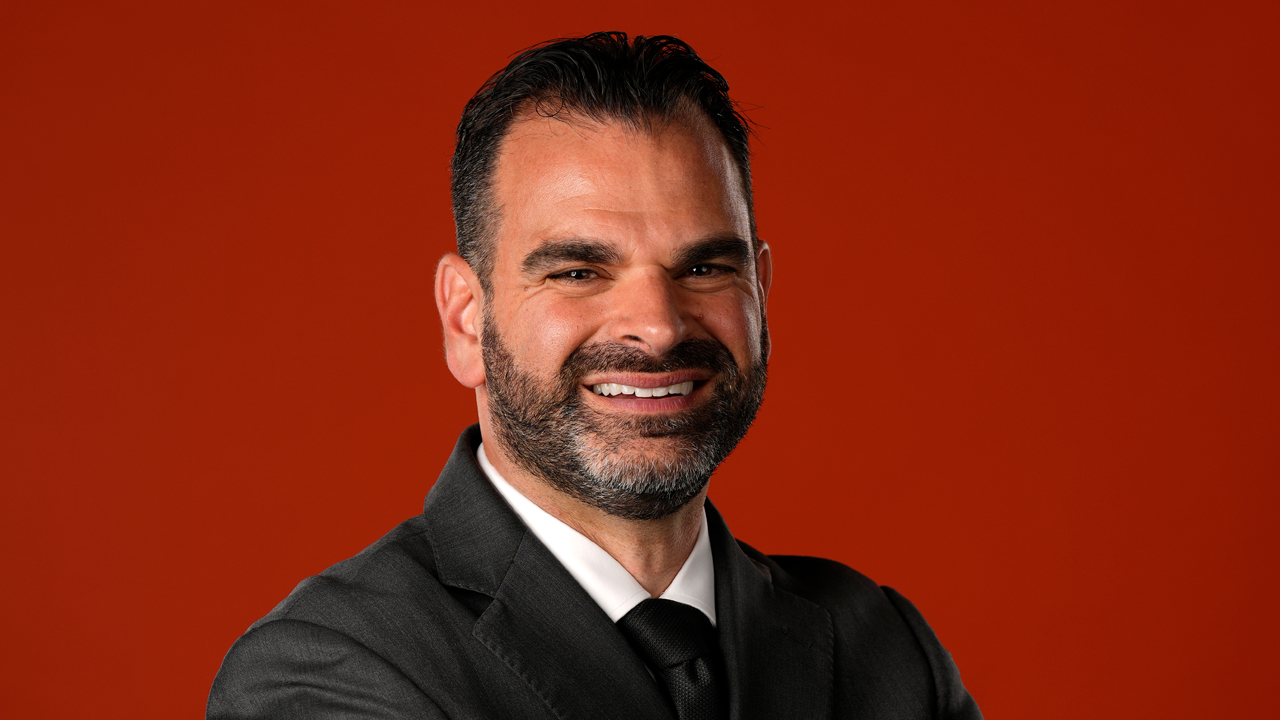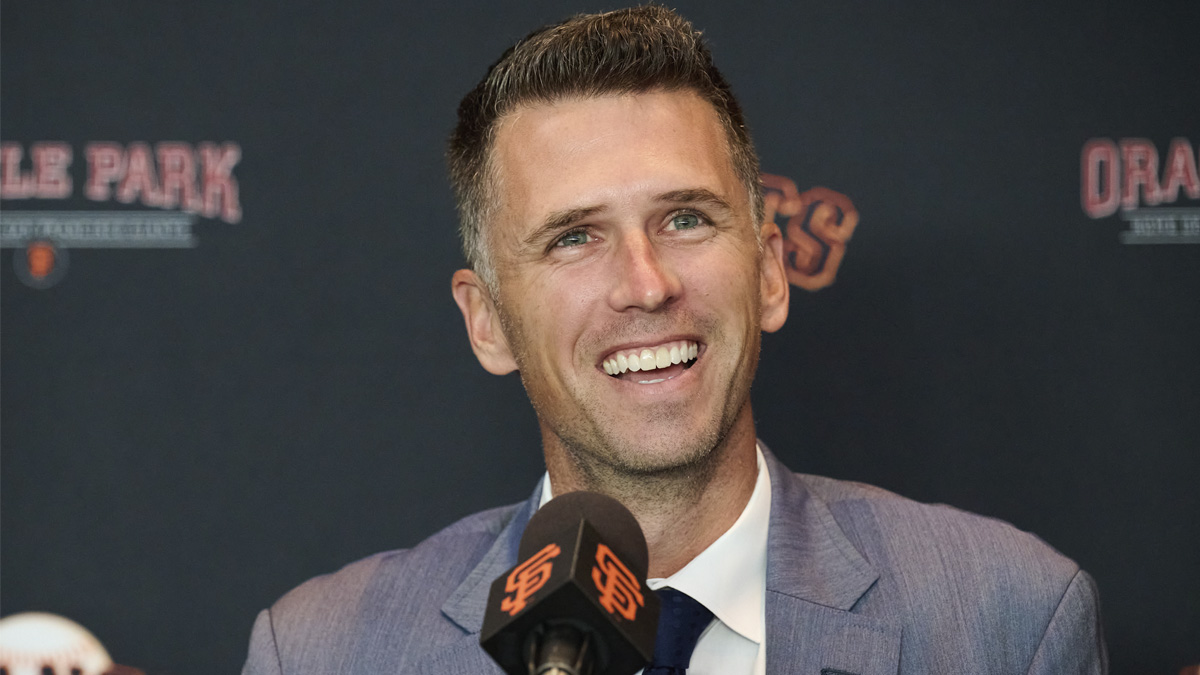What George R.R. Martin's 'The Last Super Bowl' got right – and wrong originally appeared on NBC Sports Philadelphia
Long before he introduced the world to the “Game of Thrones,” George R.R. Martin was writing about the game of football.
The famed fantasy writer published a short story titled “The Last Super Bowl” in February of 1975. Only nine Super Bowls had been played by that point, but Martin was already forecasting how the big game – and live sports in general – would fade.
Martin’s story takes place in a world where simulations overtake actual sports in popularity, leading to one final Super Bowl between the Green Bay Packers and Hoboken Jets in January of 2016. The Packers prevail in the matchup, which represents the final football game after baseball, basketball and hockey have already dissolved.
It goes without saying that the Super Bowl made it past 2016. The Philadelphia Eagles and Kansas City Chiefs gearing up for a championship showdown in Glendale, Ariz., and around three-quarters of Americans are expected to tune in. Still, there are other aspects of Martin’s story that are prevalent in today’s sports landscape.
Here are some of the things Martin got right and wrong in “The Last Super Bowl”:
What George R.R. Martin got right in “The Last Super Bowl”
Sports
Video games, fantasy and Fan Controlled Football
Fans are finding new ways to get involved in professional football, and technology helps make it possible.
Get a weekly recap of the latest San Francisco Bay Area housing news. Sign up for NBC Bay Area’s Housing Deconstructed newsletter.
“Technology and realism somehow have gone hand in hand to make sports actually bigger than ever,” NBC tech and business reporter Scott Budman said.
EA Sports’ “Madden NFL” franchise is a clear intersection between fans, football and tech. The video game gives people a chance to play with their favorite teams, and game modes like “Madden Ultimate Team” give players a chance to pin stars from different eras against one another. EA Sports has even been using its game to predict a champion and simulated a Super Bowl LVII triumph for the Eagles over the Chiefs.
To a lesser degree, those simulations are translated to fantasy football, where fans create teams and use the real-life results from their players to determine matchup winners. Fantasy football continues to rise in popularity, as ESPN announced in September that it saw a record-breaking 11 million users play on its platform at the start of the 2022 NFL season.
Taking things a step further, Fan Controlled Football has taken flight in recent years. The league allows fans to draft players to their team and select offensive plays during games.
A New Jersey Super Bowl
Martin was ahead of his time in predicting a Super Bowl would take place in the Garden State.
By the time “The Last Super Bowl” was released, the NFL had experienced sub-50-degree temperatures in the big game twice. Both of those games took place at Tulane Stadium in New Orleans, keeping up with the NFL’s pattern of hosting the Super Bowl in predominantly warm cities.
After 47 years in warmer destinations and cities with domes, one aspect of “The Last Super Bowl” nearly came to fruition entirely. Martin set up a Super Bowl for a muddy, Hoboken, N.J., stadium in January of 2016, and the NFL wound up hosting a Super Bowl right down the road at MetLife Stadium in East Rutherford, N.J., in February of 2014.
The NFL lucked out with the weather in Super Bowl XLVIII, as the kickoff temperature came in at 49 degrees and snow blanketed the stadium the following day.
What George R.R. Martin got wrong in “The Last Super Bowl”
A Jets Super Bowl appearance
One of the more fantastical elements of “The Last Super Bowl” is the Jets reaching the big game.
Martin is a noted fan of both the Jets and the team they share MetLife Stadium with, the New York Giants. The latter has experienced plenty of Super Bowl success, but Gang Green hasn’t been to the Super Bowl – let alone win one – since January of 1969.
Even though the team resided in Hoboken in Martin’s story, it’s been the same old Jets in real life for over 50 years.
Virtual sports completely replacing real sports
While Martin was correct in foreseeing the rise in virtual sports, they have not yet taken the place of the actual action on the field.
In Martin’s story, boxing, tennis and golf were the first sports to get wiped away. The National Basketball Association and National Hockey League were disbanded in 2010, with Major League Baseball following suit in 2014. Football was next to go with the final Super Bowl taking place in 2016.
Instead of ending in 2016, the NFL celebrated the league’s 50th anniversary that year and has been growing stronger ever since.
“I think the thing [Martin] got wrong, though, was that it didn’t cannibalize live, traditional events and live, traditional sports,” XSET co-owner and chief culture office Erin Ashley Simon said. “If anything, what it did was it increased the engagement of fans with the actual live event.”
The final words of Martin’s story played out, though not in the Super Bowl. The NFL is two seasons removed from 13 teams keeping out fans due to the COVID-19 pandemic. The league trudged forward in 2021 and with 2022 nearly in the books, there’s one thing NFL games may not see for a long, long time:
“The empty stands.”



